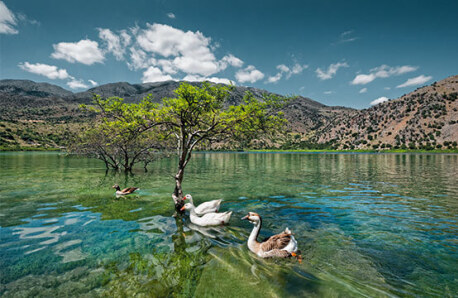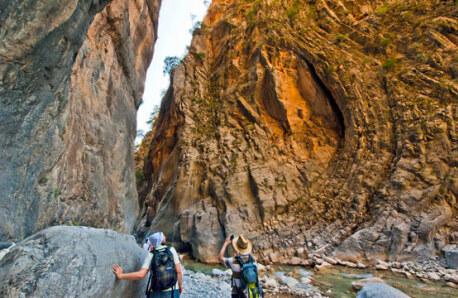
ZORBA THE GREEK (1964)
Zorba the Greek is one of those stories that capture the magic of Greek life. In it, Basil (Alan Bates), a young English man who has Greek roots heads to Crete so that he could inspect an abandoned mine that his father owns. While on the island, he meets an intriguing Greek man named Zorba (Anthony Quinn) and they strike up a friendship. Basil quickly learned that life wasn’t always easy and filled with happy times. However, with Zorba’s help, he learned how to enjoy life even when things were less than perfect.
DIRECTOR: MICHAEL CACOYIANNIS
FILMING LOCATION:
CHANIA

























